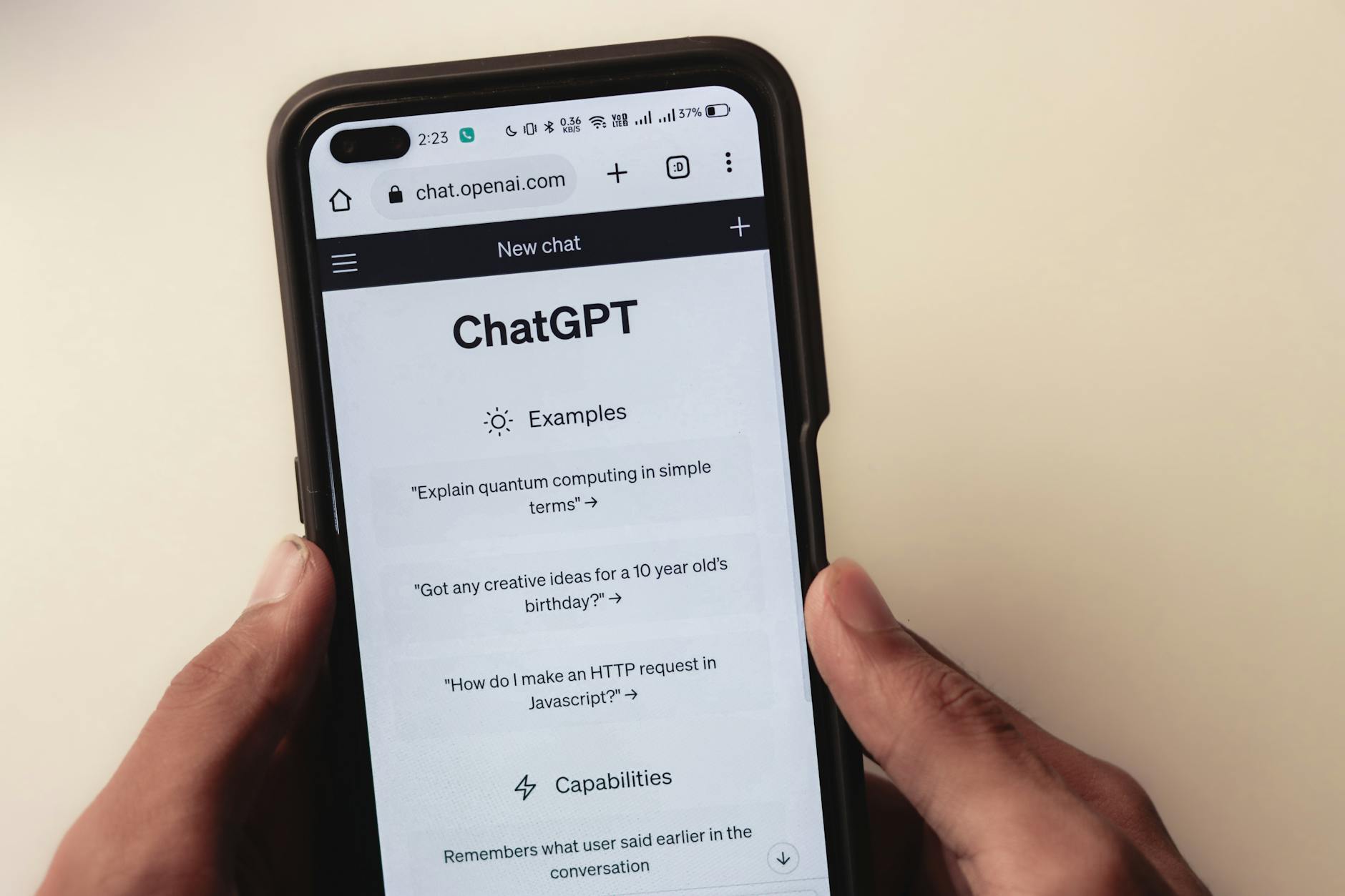Mixi and ChatGPT Enterprise: Is ‘Innovation’ Just a New Coat of Paint for Old Problems?

Introduction: Another week, another enterprise giant touting its embrace of generative AI. This time, Japanese digital entertainment leader Mixi claims ChatGPT Enterprise is “transforming productivity” and fostering “secure innovation.” But as seasoned observers of the tech landscape know, the devil, or rather the true ROI, is rarely in the initial press release.
Key Points
- The generic benefits cited (“transformed productivity,” “boosted AI adoption”) suggest a strategic announcement rather than a deeply disruptive operational overhaul.
- This move highlights a growing industry trend: enterprises are prioritizing managed AI services for perceived security and support, potentially at the cost of genuine bespoke innovation.
- The real challenge for Mixi, and others, is not merely adopting AI, but proving tangible, measurable value beyond simple task automation, especially in a competitive digital entertainment space.
In-Depth Analysis
The announcement from Mixi regarding their adoption of ChatGPT Enterprise rings with familiar refrains from every major enterprise tech rollout since the advent of cloud computing. We’re promised “transformed productivity” and a “secure environment for innovation,” terms so broad they could apply to a new email system. What does “transformed productivity” actually mean in the context of a digital entertainment giant? Is it faster content generation? More efficient customer support scripts? Or is it simply automating some of the more mundane internal tasks, a welcome efficiency gain perhaps, but hardly the “reimagining communication” suggested by the original headline.
The critical piece often missing from these announcements is the how and the what. How exactly is ChatGPT Enterprise—essentially a robust, secure API gateway to OpenAI’s powerful language models with enhanced data privacy—driving innovation in Mixi’s core digital entertainment and lifestyle services? Without specific use cases, the claim remains largely aspirational. Many early enterprise AI deployments often boil down to leveraging large language models for internal knowledge management, code assistance, or basic content drafts – valuable, yes, but hardly revolutionary. The leap from these foundational efficiencies to “reimagining communication” requires a far more intricate integration, potentially involving Mixi’s vast proprietary data, custom fine-tuning, and a willingness to truly experiment with customer-facing applications, none of which are detailed.
Furthermore, the emphasis on “secure environment” highlights a pervasive concern, yet it also underscores the maturity of the enterprise software market. Data isolation, robust access controls, and compliance features are table stakes for any significant B2B tech solution today. While essential for building trust in nascent AI deployments, presenting them as a unique selling point for “innovation” risks conflating necessary infrastructure with genuine pioneering spirit. The real innovation lies not just in having a secure environment, but in what one dares to build within it. We’ve seen this cycle before: initial hype, vague promises, followed by a slow, often painful grind to demonstrate concrete ROI. Mixi’s journey is likely no different, and the challenge will be to move beyond the buzzwords to demonstrate measurable business impact that truly justifies the investment.
Contrasting Viewpoint
While a skeptical lens is warranted, it’s also fair to acknowledge the pragmatic advantages of Mixi’s move. For a large, established company operating in a competitive sector like digital entertainment, adopting a managed, secure enterprise AI solution like ChatGPT Enterprise is a prudent first step. It significantly de-risks initial exploration into generative AI by addressing critical concerns around data privacy and governance that would otherwise hinder adoption. This approach allows Mixi to safely experiment, train internal teams, and build a foundational understanding of the technology’s capabilities without the enormous overhead of building custom LLMs from scratch or exposing sensitive data to public models. Even if the immediate “transformation” is incremental, fostering a culture of AI adoption and establishing a secure AI infrastructure lays the groundwork for more sophisticated and impactful applications down the line. It’s a strategic move to ensure they remain competitive in an AI-driven future, even if the groundbreaking applications are still in their infancy.
Future Outlook
Over the next 1-2 years, we can expect Mixi, and companies like it, to continue with incremental integrations of ChatGPT Enterprise. Initial applications will likely center on boosting internal team productivity – think enhanced coding, improved documentation, content brainstorming, and more efficient internal communications. Some customer-facing use cases might emerge in areas like advanced chatbots for support or personalized content recommendations, but these will likely be cautiously rolled out. The biggest hurdles will be demonstrating a tangible, auditable return on investment beyond anecdotal efficiency gains. Companies will grapple with the significant ongoing costs of enterprise LLM usage, the constant challenge of model drift and potential hallucinations, and the complex process of integrating AI into legacy systems without introducing new vulnerabilities or operational debt. The initial wave of generalized LLM adoption will stabilize, giving way to a more focused effort on domain-specific fine-tuning and proprietary data leverage to truly differentiate services.
For a deeper dive into the common pitfalls and successes of [[Enterprise AI Adoption Strategies]], read our recent special report.
Further Reading
Original Source: Mixi reimagines communication with ChatGPT (OpenAI Blog)